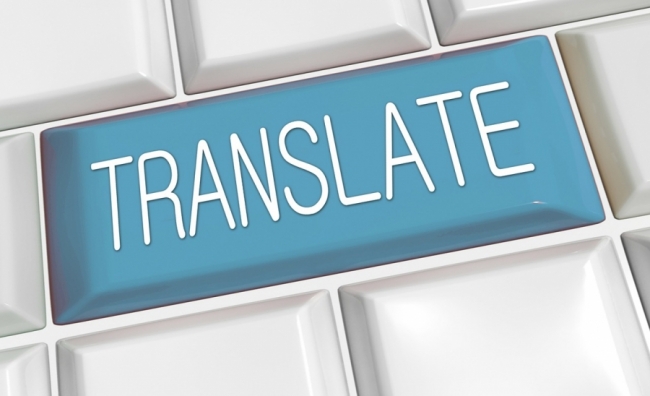Ikka ja jälle peame me imestama mõne Google Translate´i tõlke üle, mis eesti keelest või eesti keelde püüab tõlkida. Põhjuseks, nagu keeleteadlased ütlevad, on statistilised meetodid, mis püüavad sadade tuhandete või isegi miljonite variantide seast leida tõenäolisemalt kõige sobivamaid tõlkevasteid. Neurotõlge on targem, seda arendavad tartu Ülikooli teadlased ja nüüd saab seda kasutada ka tavainimene aadressil neurotolge.ee.
Kui hea see siis on? Ega muudmoodi ei saagi teada, kui ise järele proovides.
Tõlketeenuse kasutajaliides on üliminimalistlik, sisaldades vaid tekstiakent, kuhu saab kopeerida kuni 500-tähemärgise teksti.

Vajutades Tõlgi, tehakse neurotõlge lühikese teksti kallal ära ja kuvatakse allpool.
Mängulisem on aga nupp Mängi!, sest sellega pakutakse juhuslikus järjekorras välja kolm tõlget: Google Translate, Tilde ja Neurotõlge. Kui pakud välja parima tõlke, siis alles näidatakse, millisele teenusele miski tõlge kuulub.
Vaatame, mismoodi tõlkisid ülaloleva teksti kõik need kolm masintõlketeenust.
Google:
Album has gathered the largest Estonian Nature Photo Contest Photo of the Year in 2017 recognized the work. A traditional photo competition was held for the 17th time this year. The competition is one of the specific features that will compete in this adults but also children and young people. This year, 852 authors participated in the 6202 work. In addition, a separate category also competed for the first time moving images of nature. Author and fifty entries, 90.
Tartu Ülikool:
In the Album, Estonia's largest photographic competition has been collected from the recognised work in the Aasta Foto 2017. The traditional photo contest took place in the 17th floor of the street. One of the specificities of the competition is that young people and children are competing alongside adults here. That year, the 852 authors took part in 6202 jobs. In addition, the first for the first time in a separate category is a natural disaster. From the fifty authors to the tenth, 10 by 10
Tilde:
The album has been collected by the largest photo of Estonia in 2017 and has been approved in 2017. The traditional photo competition took place in 17 times this year. One of the specific features of the competition is that young people and children are competing alongside adults. In this year 852 was involved in the work of 6202. In addition, physical images compete for the first time in a separate category. The work was carried out on five 10 authors 90.
Milline on siis parim?




